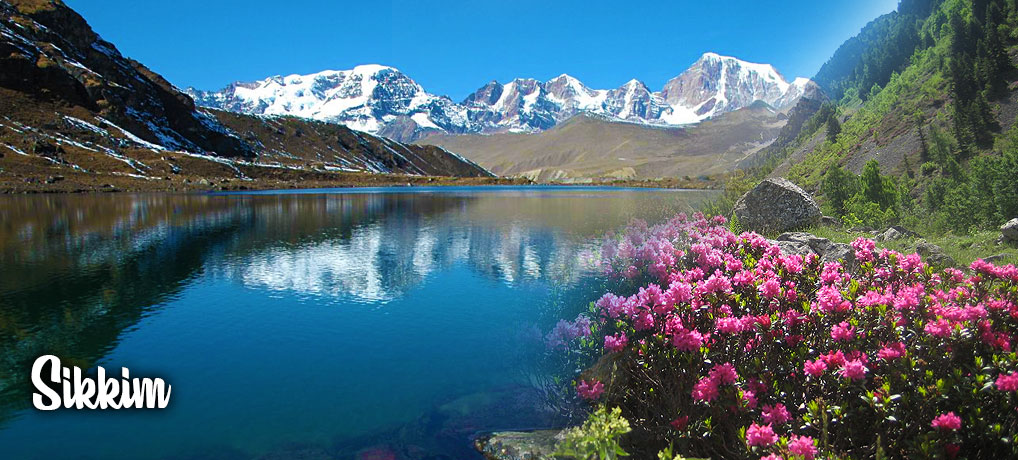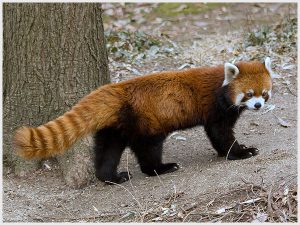
Perched between Nepal in the west, Bhutan in the east, and Tibet(China ) in the north, Darjeeling (West Bengal) in the south – Sikkim is 7096 square miles in area and contains Mount khanchendzong, the third highest peak in the world. Formerly a kingdom, since 1975 it has been a tiny land-locked state of India. Sikkim, with its rich biodiversity, has 150 lakes ranging in altitude from 200 meters to almost 8000 meters.
A mountainous region in eastern Himalayas has 600 species of birds, or about half the
population found in India. Sikkim has 4000 species of flowering plants, making it a botanist’s paradise. It has 558 species of orchids, and 39 species of Rhododendrons and around 600 species of Butterflies.
 Sikkim is rich in avifauna and considered to be a bird watchers’ paradise. Its avian population extends to almost 550 species within an altitudinal variation of 200 meters to close to 6000 meters.
Sikkim is rich in avifauna and considered to be a bird watchers’ paradise. Its avian population extends to almost 550 species within an altitudinal variation of 200 meters to close to 6000 meters.
Three ethnic communities-Bhutias, Lepchas and the Nepalese intermingling lives in harmony through out the culture and environment rich Sikkim. Population goes up to 5,76,000 spread across 7096 Sq. Km area. Culturally & environmentally rich Sikkim offers varieties of ethnic faces in their own costumes, traditions and cultures.
People are both Hindus and Buddhist with some population of neo Christians. Mountains and lakes are worshipped by the large section of the population. Hindu & Buddhist dominant population, sizeable nature worshippers still practice traditional way of religion and healing.
The climate varies between the tropical heat of the valleys and the alpine cold of the snowy regions. The altitudinal zone of vegetation range in tropical, sub tropical, temperate to alpine. Some places, just in a matter of one hour topography changes from hot low lying area to severe cold alpine zone. In some accessible tourists spots, snow lasts till the end of June in some high places. Sikkim is considered a hot spot of biodiversity in the Eastern Himalaya.